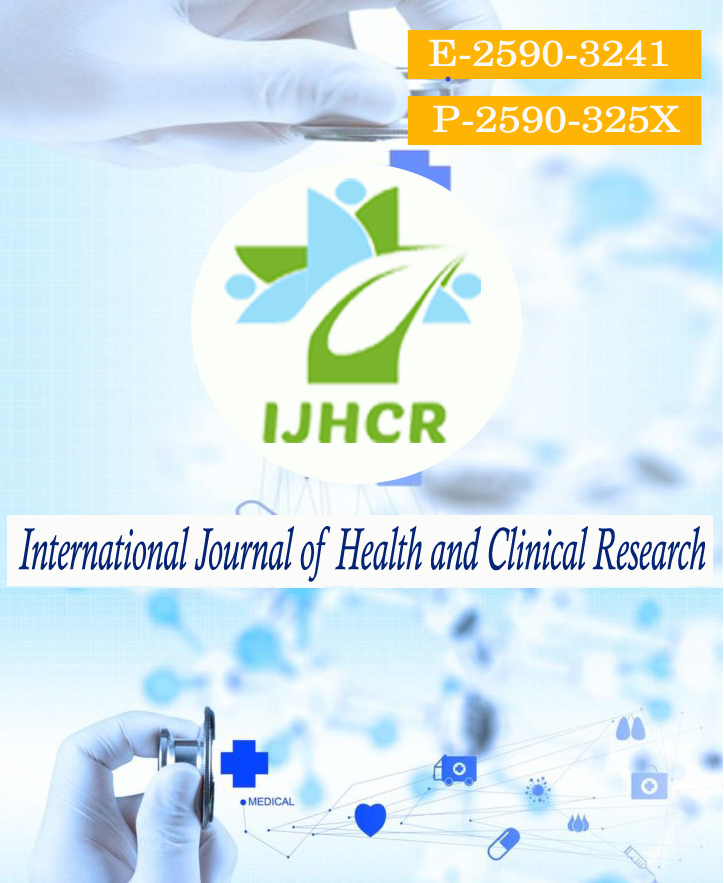Comparison between continuous ambulatory peritoneal dialysis and automated peritoneal dialysis: An Indian perspective
Keywords:
CAPD, APD, peritonitis rate, hospitalisation rate, RRF, technique failure.Abstract
Background: CAPD & APD are two modalities of chronic PD. Usage of APD has been steadily increasing in western countries. Data regarding APD from India are lacking. This study was undertaken to compare the outcomes of APD & CAPD. Methods: Retrospective study of 40 patients on APD matched with 40 CAPD patients from 2011-2015. Results: A total of 80 (40-APD, 40-CAPD) incident PD patients were retrospectively analysed. Baseline characteristics were similar in both groups. 42.5% in APD and 55% in CAPD group respectively had one or more episodes of peritonitis (Ns). Peritonitis rate in APD group was 0.27 episode per year as compared to 0.30 episode per year in CAPD group. Exit site infection developed in one APD patient & 2 in CAPD. 16 patients in APD and 20 patient in CAPD developed PD peritonitis. 77% were culture negative & 23% were culture positive. 2 patients developed fungal peritonitis. 61.5% responded to standard therapy& 28.5% had refractory peritonitis (APD-7 vs. CAPD-8). Need for hospitalisation for any cause more in CAPD than APD (CAPD-33 vs. APD-29, ns). Hospitalisation rate was also less in APD than CAPD (0.55 episode per year vs. 0.63 episode per year). Residual urine output at tie of admission & the end of follow up was less in APD than CAPD, although non-significant. Technique failure was not significant between groups (APD- 6 vs. CAPD-7). Overall 28.7% had died at the end of follow up. APD had 11 deaths as compared to CAPD who had 12 deaths. Peritonitis related death was commonest cause in either groups. Conclusion: APD when compared to CAPD did not differ significantly in terms of peritonitis rate, hospitalisation rate, preserving of residual renal function, technique failure. All-cause mortality did not differ significantly between groups. Our study did not show any clear benefit of APD over CAPD.
Downloads
Published
How to Cite
Issue
Section
License
Copyright (c) 2022 Vivek C Ganiger, Vinay Kumar Badri, Shiv Shankar Sharma, Manas R Patel, Narayan Prasad, Amit Gupta

This work is licensed under a Creative Commons Attribution 4.0 International License.






 All articles published in International Journal of Health and Clinical Research are licensed under a
All articles published in International Journal of Health and Clinical Research are licensed under a 